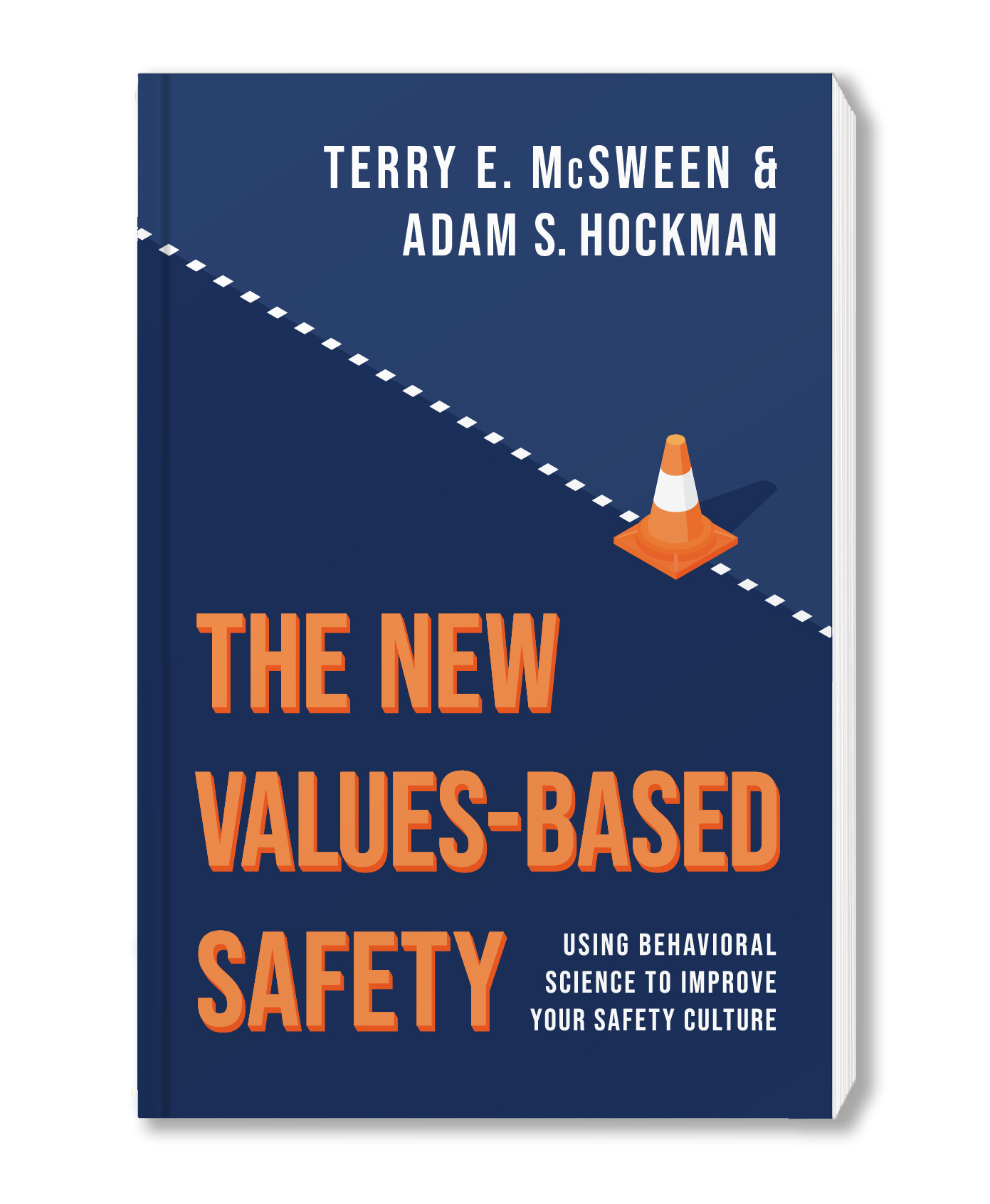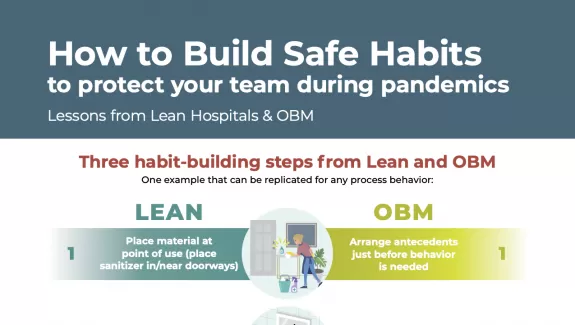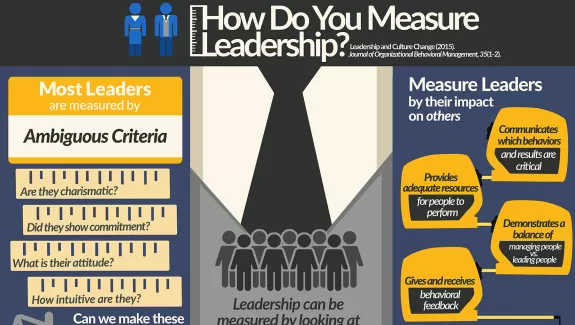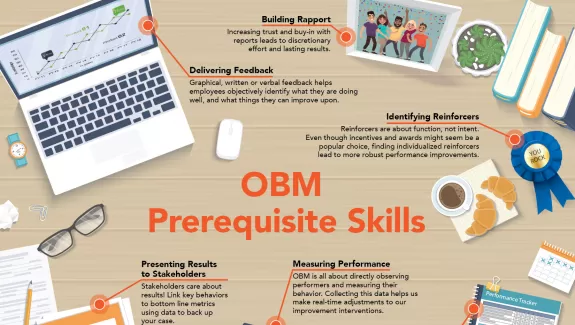
Five Critical Behaviors for Safety Leaders
Safety Leadership
The phrase “leadership support” has become a cliché in discussing safety. We always hear about the importance of leadership support and “walking the talk.” The reason we hear so much about such support is because it is important. Yet it is too often poorly defined. Leadership support is often seen as just delivering a series of messages about the importance of safety. However, building leadership support requires the same type of analysis and planning that goes into implementing the behavior-based safety (BBS) effort. Leadership participation and support is so important that a significant amount of time should be invested in planning and building accountability for critical leadership practices.
The five practices that follow provide a framework for defining "leadership support" for Values-Based Safety®. Leadership must visibly demonstrate these practices for everyone involved in implementing Values-Based Safety®. The behaviors that define these practices will help you support both safety and your new safety improvement initiative.
Safety Leadership Practice 1
Create Alignment
Leaders need to create three types of alignment:
- Personal safety practices
- Leadership behaviors that build and support safety
- Systems and processes
The first of these is making sure that, as a leader, your personal behavior demonstrates that you value safety, that you “show the way” in what you do. Alignment means that the behaviors and actions of leaders within the organization are consistent and demonstrate the importance of safety in the organization. Alignment is as much about your actions and decisions as it is about what you say. Actions demonstrate that safety is important to you and other leaders. Your actions demonstrate that safety is something you value as a leader. This includes things like wearing appropriate PPE when you visit a field location or go out into your facility, not talk-ing on a cell phone while driving, or even going to the crosswalk at an intersection to cross a busy street.
 Leadership also has to ensure that the leadership practices at each level of the organization are aligned to build and sustain safety systems and practices. Creating this type of alignment re-quires that you to ensure that each level of the organization knows and is held accountable for the leadership behaviors required of them in supporting safety improvement. First, you must define what participation and support look like at each level of the organization. The model used in this article is a good framework for your initial planning efforts. Ideally, you can create an integrated set of agendas that prompt ongoing review and planning of leadership support, cascading down through each level of the organization. The goal is to ensure that the leader-ship practices at each level of the organization are aligned to support the company’s safety improvement efforts.
Leadership also has to ensure that the leadership practices at each level of the organization are aligned to build and sustain safety systems and practices. Creating this type of alignment re-quires that you to ensure that each level of the organization knows and is held accountable for the leadership behaviors required of them in supporting safety improvement. First, you must define what participation and support look like at each level of the organization. The model used in this article is a good framework for your initial planning efforts. Ideally, you can create an integrated set of agendas that prompt ongoing review and planning of leadership support, cascading down through each level of the organization. The goal is to ensure that the leader-ship practices at each level of the organization are aligned to support the company’s safety improvement efforts.
Alignment and integration of management systems is often a significant issue, and the area where many organizations are weak. A lack of integration or alignment with management systems often creates conflicting demands within the organization. The result is that employees get pulled in different directions. A common example in our work is employees who want to conduct BBS observations but cannot leave their workstations. In essence, the existing system creates barriers to participation that leadership must often help remove for BBS efforts to be successful. Another example is the difficulty pulling the safety committee together for regular monthly meetings to review the observation data and develop action plans. While such meet-ings are chaired or co-chaired by an employee, management often has to take the initiative to address logistical issues and ensure that employees can meet together. Alignment also in-cludes appraisal and recognition systems, as leaders must make sure that their organization makes heroes of those who promote safety and does not make heroes of those who achieve production targets while shortcutting safety procedures.
Sample Behaviors:
- Meet with direct reports weekly to coordinate across levels:
- Review progress on safety initiative plans.
- Ask what they are doing to support safety.
- Ask what they are planning to do.
- Consider the impact of all decisions on safety:
- Hiring
- Providing resources
- Consider the messages that decisions may send about your and/or the company’s commitment to safety.
- Model safe practices at every opportunity.
- Include safety in appraisals.
- Learn about your behavior-based safety process.
- Ensure that management systems support safety and do not create barriers.
Safety Leadership Practice 2
Communicate Value for Safety
 Effective leaders spend a significant amount of time communicating their organization’s values and vision. They use multiple examples to personalize their messages for employees, peers, community representatives, and other stakeholders. They use multiple media to get their messages to as broad an audience and as frequently as possible . . . and safety is always an important part of their messages. Leaders know the importance of staying the course with messages that describe the vision, the leader’s commitment, and the actions required of others.
Effective leaders spend a significant amount of time communicating their organization’s values and vision. They use multiple examples to personalize their messages for employees, peers, community representatives, and other stakeholders. They use multiple media to get their messages to as broad an audience and as frequently as possible . . . and safety is always an important part of their messages. Leaders know the importance of staying the course with messages that describe the vision, the leader’s commitment, and the actions required of others.
Communication requires talking to individuals for more reasons than simply organizing the implementation effort. The target population includes both those who can help implement behavior-based safety and those who can block implementation. Trying to get people to recognize and share the importance of safety as a value is a communication challenge that is different from getting them to understand short-term action plans.
Sample Behaviors:
- Tour work areas and have safety related discussions with employees.
- Include safety in every presentation and discussion.
- Include safety as the first agenda in every meeting.
- Look for opportunities to talk about safety in the company and community.
- Share personal stories and experiences.
- Promote safety during informal conversations.
Safety Leadership Practice 3
Build Participation and Support
Building participation and support requires several things. You should recognize that your behavior-based safety process will go through an implementation phase and a maintenance or sustaining phase. The leadership support practices are likely to change as you move from one to the other. Initially, for example, leaders need to provide compelling information about the need for change and ensure that the right cross-section of personnel is engaged in planning and managing the change effort. Leaders will need to participate in training and review pro-gress on training implementation. Later, attention should shift to the actions of the safety committee and participation throughout your organization.
Sample Behaviors:
- Communicate the importance of safety to the company.
- Review historical data from your area with employees to show the impact of the is-sue.
- Discuss leadership efforts with associates participating on the safety committee. Thank them for their participation.
- Ask what you can do to help.
- Ensure that there is a realistic budget for recognition and celebrations.
- Participate in meeting, training, and celebrations at each stage of the process.
- Respond to requests for assistance.
Safety Leadership Practice 4
Review and Study
 The long-term goal is for behavior-based safety to be part of the way you do business. During the implementation and once the process is up and functioning, your role is to review imple-mentation and ensure that the Steering Committee is executing their plans with integrity. A variety of mechanisms, both formal and informal, should be used to track the process during both implementation and maintenance. Your formal review may include regular updates during staff meetings, focus groups, and surveys. Your informal monitoring might include conversations with participants during the course of normal activities and asking employees how the new process is working.
The long-term goal is for behavior-based safety to be part of the way you do business. During the implementation and once the process is up and functioning, your role is to review imple-mentation and ensure that the Steering Committee is executing their plans with integrity. A variety of mechanisms, both formal and informal, should be used to track the process during both implementation and maintenance. Your formal review may include regular updates during staff meetings, focus groups, and surveys. Your informal monitoring might include conversations with participants during the course of normal activities and asking employees how the new process is working.
You have two primary tools for review and study:
- Review and analyze data from the process.
- Conduct positive inquiry to learn how associates are experiencing the process in differ-ent roles.
This ongoing review and study of the new process is the most important leadership practice in sustaining the behavior-based safety initiative, or any other change effort for that matter. Too often, once a new safety process has demonstrated a reduction in injuries, the organization turns its attention elsewhere. Monitoring helps sustain the behavior-based safety initiative. If the process fails to sustain, your organization may experience several potential negative side effects:
- Loss of confidence about the organization’s commitment to safety
- A feeling of a “flavor-of-the-month” regarding safety programs
- Resistance to change: employees learn that the initiative will go away if they hold out long enough.
Your goal is to consistently assess the behavior-based safety effort through meetings with safety committee members, key leaders, and employees.
Sample Behaviors:
- Review implementation and training progress.
- Review how results are achieved, not just the results.
- Engage in positive inquiry. Ask questions such as
- How is the new process going?
- What are safety committees targeting for improvement?
- What actions are being taken?
- What are the levels of participation?
- What kinds of behavior are being recognized?
- What celebrations are planned?
Safety Leadership Practice 5
Shape and Reinforce Behavior
 Another important role for Safety Leaders is to shape the behavior of those participating in the process as well as the behavior of other leaders. Shaping and reinforcing behavior is important throughout the behavior-based safety process because it helps build both participation and safe work practices. Shaping is recognizing small improvements while striving to do even better.
Another important role for Safety Leaders is to shape the behavior of those participating in the process as well as the behavior of other leaders. Shaping and reinforcing behavior is important throughout the behavior-based safety process because it helps build both participation and safe work practices. Shaping is recognizing small improvements while striving to do even better.
Your goal in shaping the behavior of your leadership team is to enable them to be successful in shaping the behavior of Steering Committee members and employees. Target behaviors that will have high impact on safety, such as planning an effective process, identifying areas for im-provement, promoting participation, and developing and implementing action plans to address “monthly safe-behavior focus.” Finally, it is equally important to find and reinforce behaviors that demonstrate our value for safety. We must find, recognize, and appreciate those who champion safety in our organizations. Like gas that feeds the engine, such feedback and reinforcement are the fuel that sustains continuous safety improvement.
Sample Behaviors:
- Ask for reports to share success stories.
- Provide positive feedback and recognition for improvement.
- Ask direct reports with successful processes to share what they are doing to achieve success.
- Visit successful Steering Committees and ask them to tell you about their efforts and what you can do to help.
- Regularly thank employees for specific efforts and contributions.
- Participate in local recognition and celebrations.
About the Author
About ABA Technologies
ABA Technologies specializes in the application of the science of behavior. We partner with organizations to help them build a culture of learning and development that supports employees and organizational objectives. All business leads back to behavior—are employees doing the right things, in the right ways, at the right time? Our behavior-based systems approach looks at employee performance within the organization’s ecosystem and pinpoints variables that affect people and business outcomes. Our learning architectures help fill skill gaps, create happy and productive employees, reduce turnover, impact leader behavior, and promote safe and secure workplaces.
While evolving technologies and shifting work. force make business unsteady to navigate, ABA Technologies is your partner to continuously improve behavior and business.







